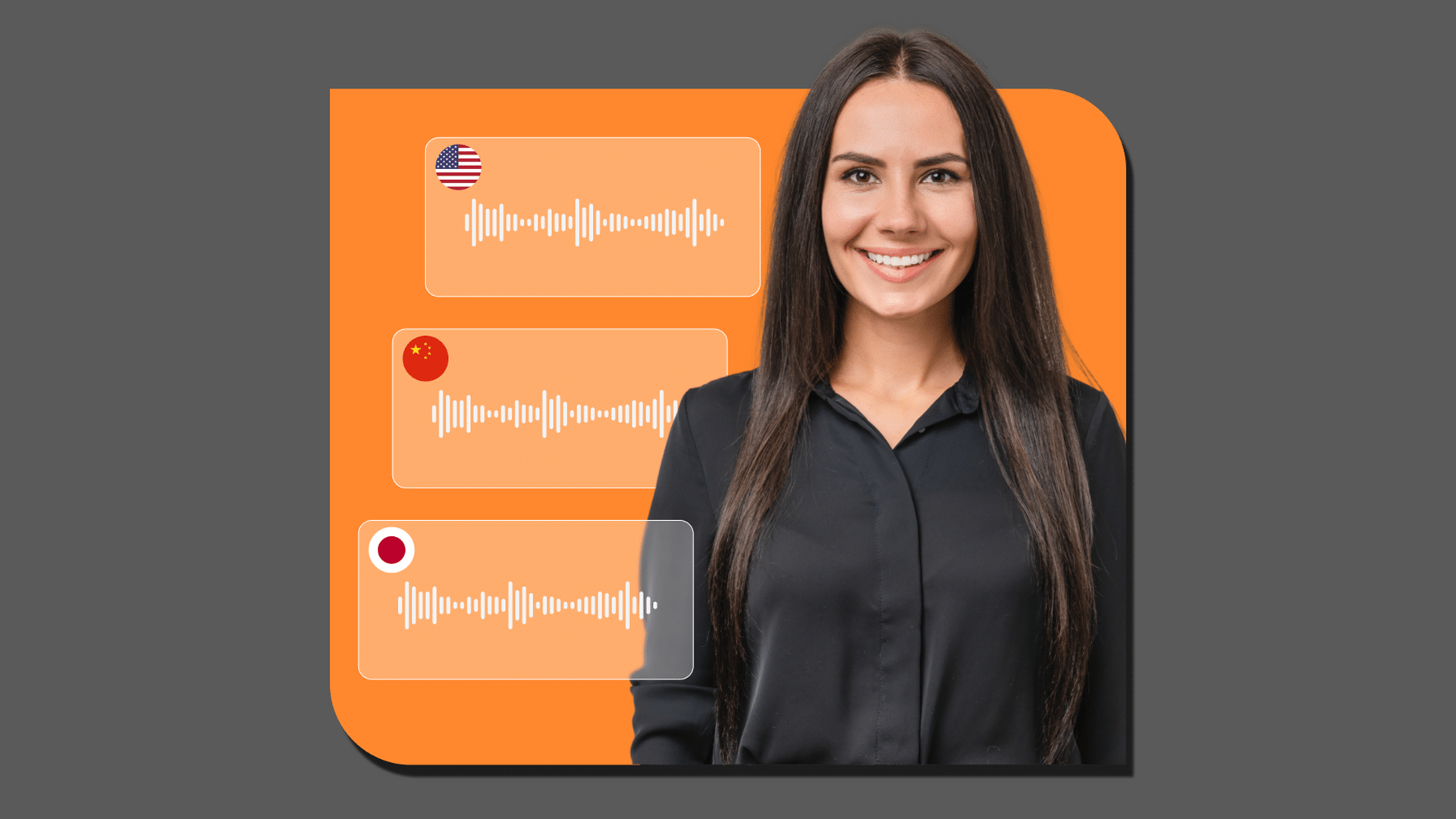Make your videos a global phenomenon with AI translation of your own voice
D-ID clones your voice and replays it in any of 30 languages

Want to share your video with the world but don't speak several dozen languages? AI video maker D-ID can help you out with that, thanks to its new translation feature. The new AI model will translate videos into 30 different languages, but it's not just dubbing you with a generic voice. D-ID will clone your voice and connect it with a translated script so it sounds like you are speaking a foreign language.
The AI will go even further and adjust your lip movements to match so the video appears to be a real-time recording of you speaking a foreign language. There are a lot of content creators and businesses who would like to localize their videos, and this could save them a lot of time and money in the process.
You might remember D-ID for its Deep Nostalgia gimmick, which would animate old photos and make it seem like the people in the photos were being recorded by video, especially when combined with recorded voices. The company has since gone on to offer all kinds of video avatars for companies and individuals making videos. The AI Video Translate tool is now available to D-ID subscribers at no extra cost and aims to democratize video translation as well. The basic package starts at $56 per year and offers limited credits, with more credits available at the enterprise level.
"As video content becomes increasingly central to digital communication, the importance of engaging with a multilingual audience has never been more significant," said Gil Perry, co-founder and CEO of D-ID. "D-ID Video Translate is a game-changer for anyone who wants to create engaging and accessible video content for a global audience without incurring significant costs, redefining how we communicate around the world."
Translate Time
D-ID is not alone in pursuing AI video translation, as AI videos and voice clones have become more common. For instance, YouTube developed a real-time translation service, as has Vimeo. There are several voice cloning tools that also make translating languages an aspect of their services, like Speechify and ElevenLabs. Combine that with AI video-making tools like HeyGen, and D-ID will have to work to stand out from the crowd. And D-ID has some ways of doing so. Most notably, the lip-syncing that matches a speaker’s lip movements with the translated speech is a real boon for realism among video makers.
If you want to try D-ID's translation tool, there is a free one-month trial from D-ID as well as other demonstrations. And, as far as can be told, you won't have to worry about it suddenly cloning your voice without your permission and talking back to you, as some ChatGPT users have recently discovered.
You might also like
- Forget Duolingo – Google Translate just got a massive AI upgrade that gives it over 100 new languages
- OpenAI's new voice synthesizer can copy your voice from just 15 seconds of audio
- It's not an echo – ChatGPT might suddenly mimic your voice when you speak to it
Sign up for breaking news, reviews, opinion, top tech deals, and more.

Eric Hal Schwartz is a freelance writer for TechRadar with more than 15 years of experience covering the intersection of the world and technology. For the last five years, he served as head writer for Voicebot.ai and was on the leading edge of reporting on generative AI and large language models. He's since become an expert on the products of generative AI models, such as OpenAI’s ChatGPT, Anthropic’s Claude, Google Gemini, and every other synthetic media tool. His experience runs the gamut of media, including print, digital, broadcast, and live events. Now, he's continuing to tell the stories people want and need to hear about the rapidly evolving AI space and its impact on their lives. Eric is based in New York City.